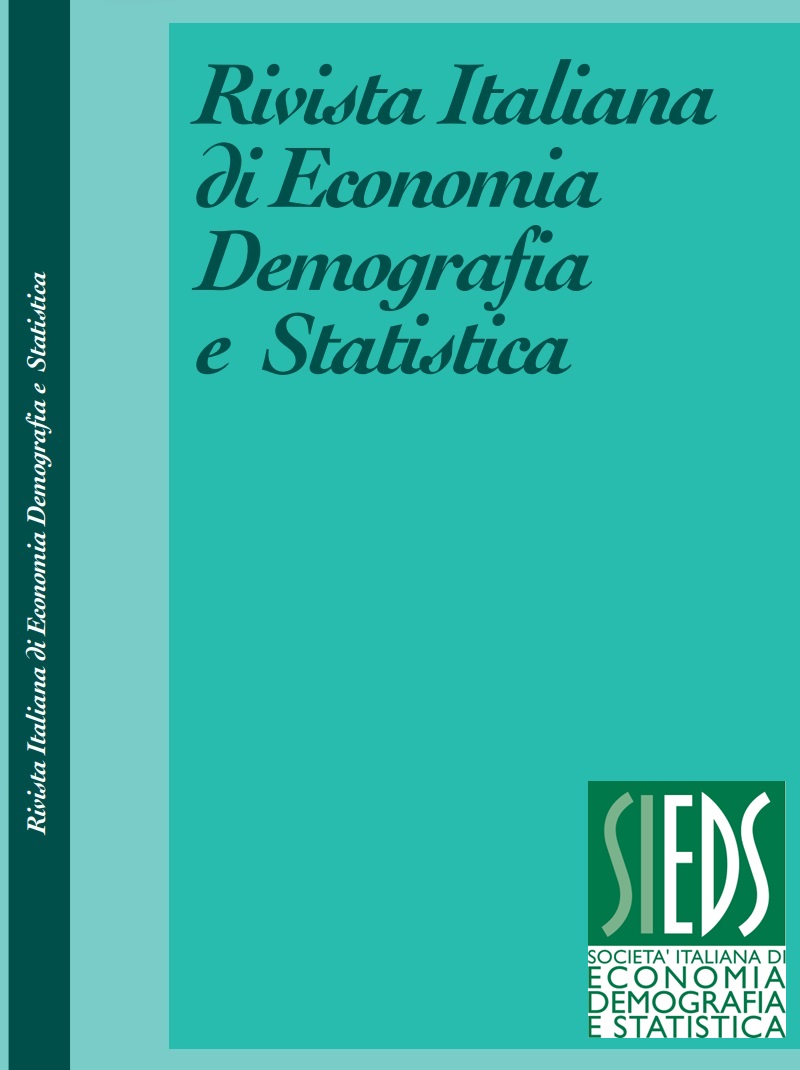Composite indicator for measuring the depopulation of Italian municipalities by the permanent population census results
DOI:
https://doi.org/10.71014/sieds.v78i2.266Abstract
The study aims to measure, through synthetic indices, the depopulation of Italian municipalities from demo-social indicators calculated on the basis of the results of the first 4 editions of the Permanent Population Census. Since 2018, the Census has become Permanent, meaning it is conducted every year on a sample of municipalities and households and whose output, referring to the entire population, is disseminated annually. The new census strategy is based on the integration of data available in administrative sources and collected in the field. Outputs covering population structure by gender, age and citizenship (Italian Foreigner/Stateless) and educational attainment are considered for the analysis, for the 2018-2021 period. The analysis focuses on a small group of municipalities, those belonging to the peripheral and ultra-peripheral Inner Areas, to highlight critical issues in these areas. Some indicators are produced on 1,756 Italian municipalities. The composite indicator Adjusted Mazziotta Pareto Index (AMPI) is constructed to summarize multidimensionality in space and time and allow comparisons on depopulation levels. In addition, groups of municipalities with similar characteristics emerged through the calculation of the CHAID (Chisquared Automatic Interaction Detector) classification tree. The AMPI is the dependent variable, while the independent variables are administrative subdivisions, some geographic characteristics, and the municipality demographic size. Finally, by representing on a map the municipalities of the best and worst nodes over the 4 years, it is observed that among the municipalities in the most peripheral Areas, the phenomenon evolves negatively quickly. Critical situations are also noted in the North, particularly in the Northeast: municipalities, even in the wealthy areas of the country, are at a risk of depopulation as much as those in the South and Islands.
Downloads
Published
Issue
Section
License
Copyright (c) 2024 Valeria Quondamstefano, Mariangela Verrascina

This work is licensed under a Creative Commons Attribution 4.0 International License.



